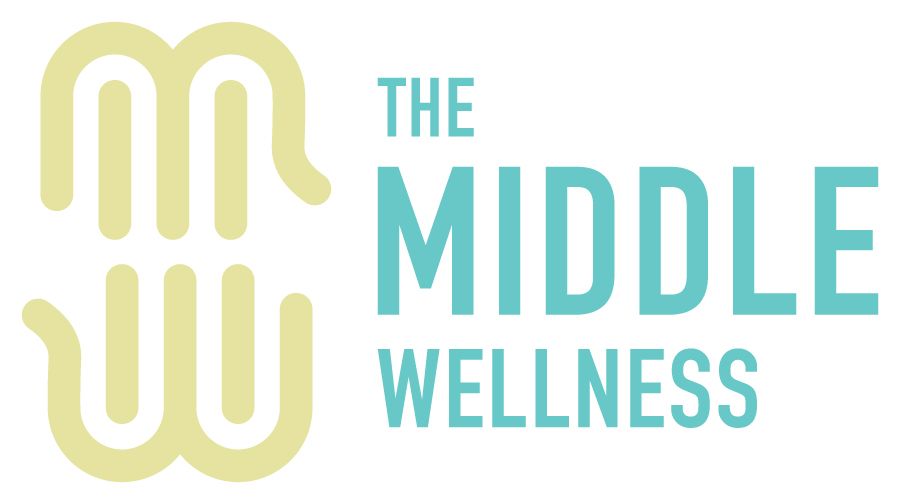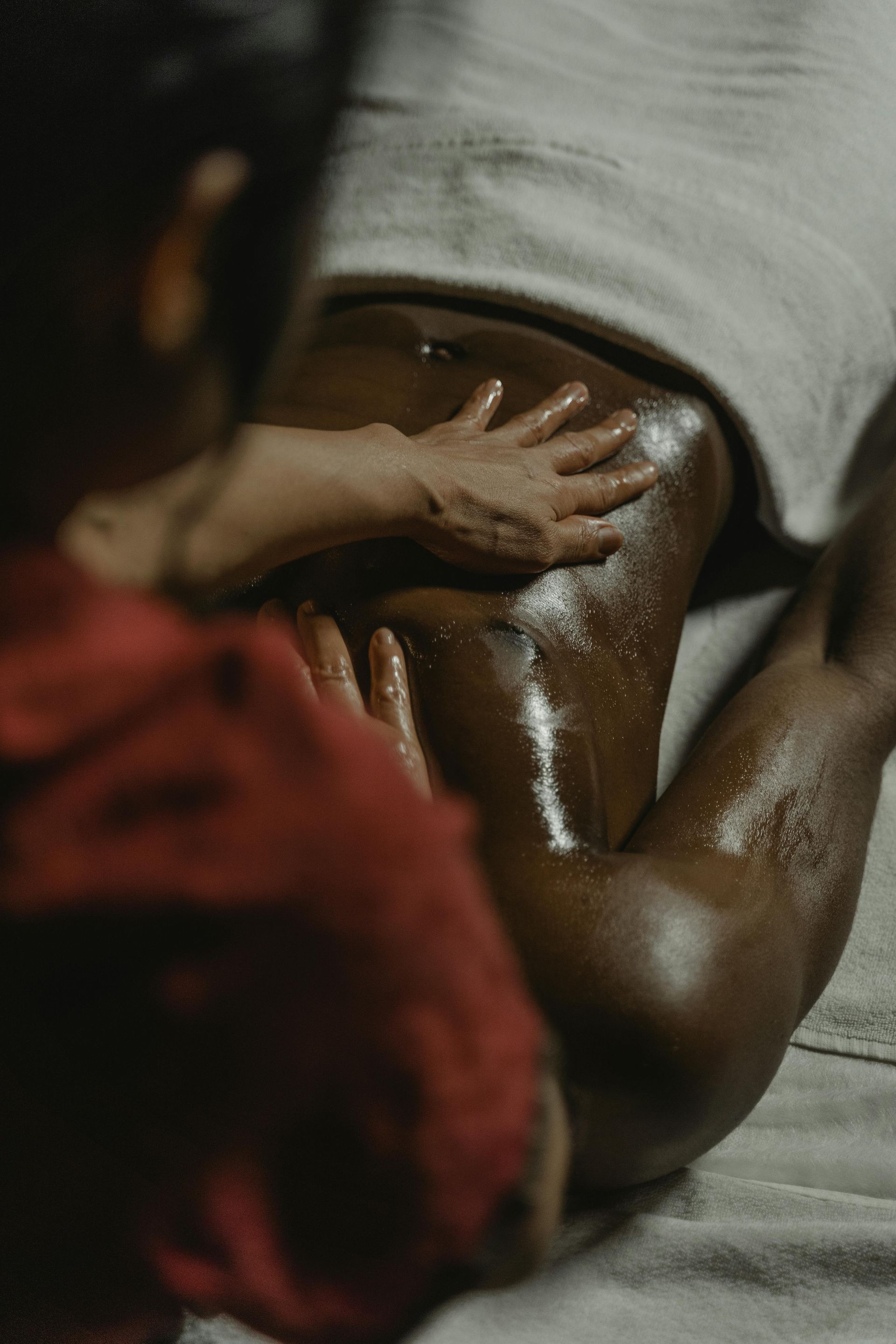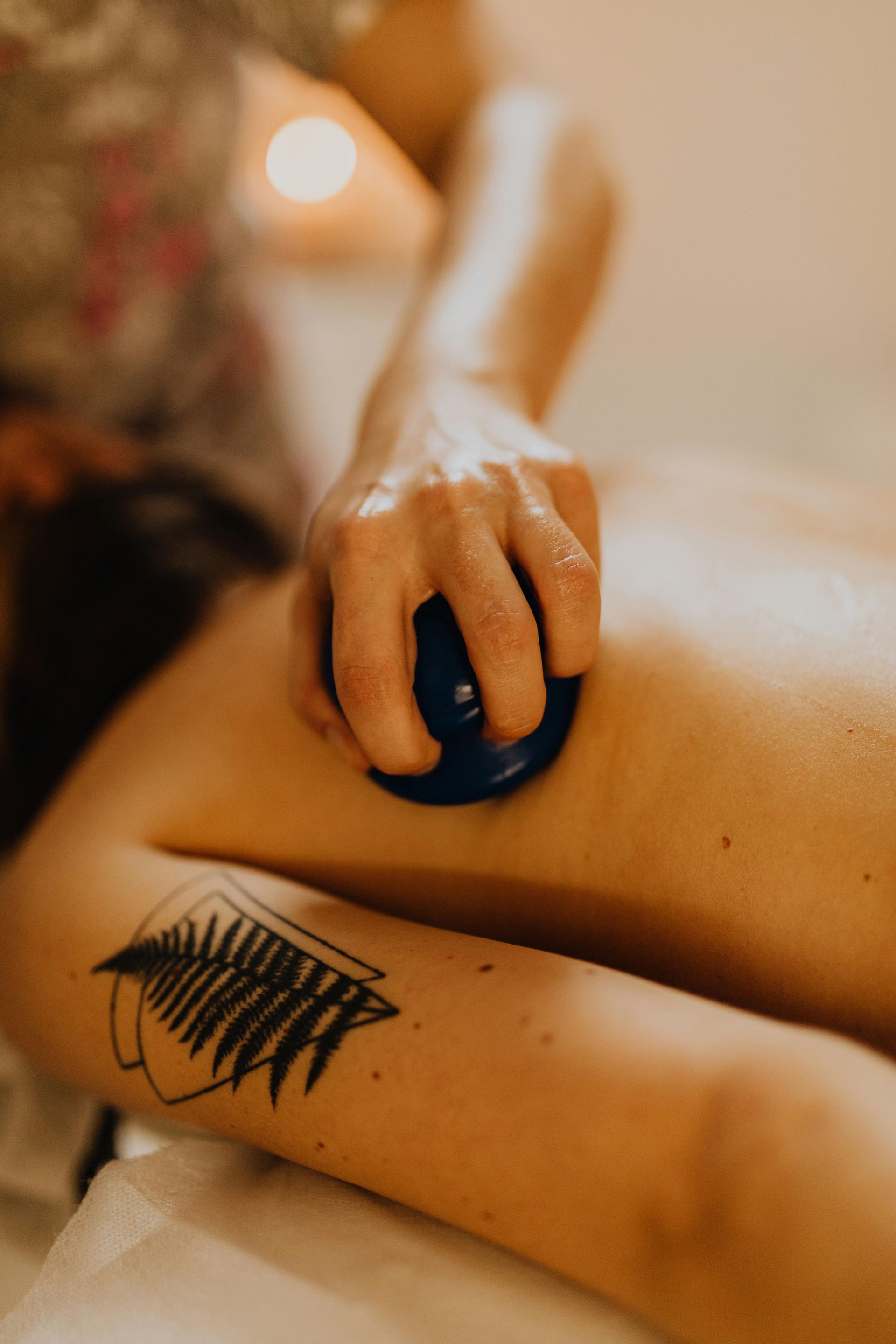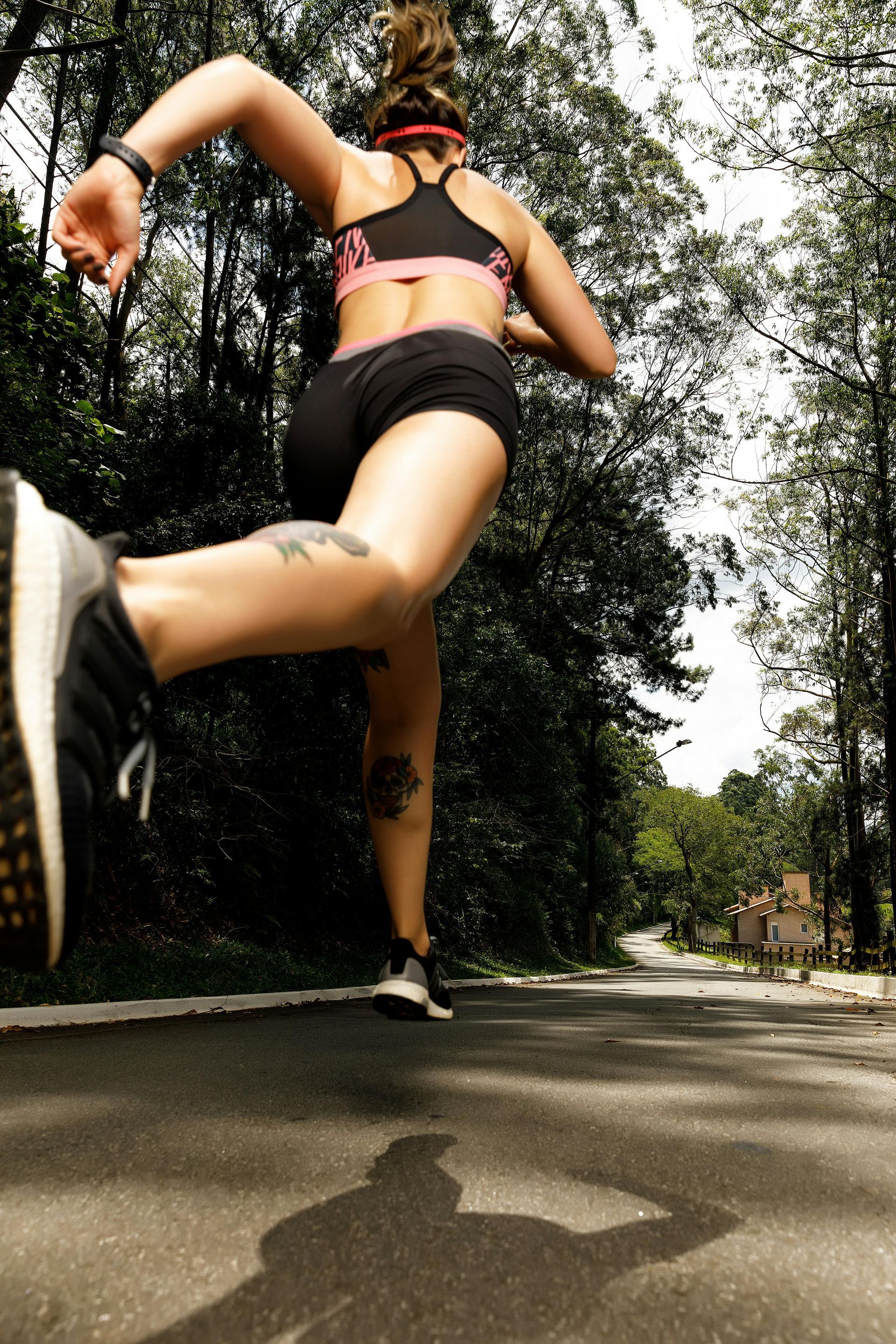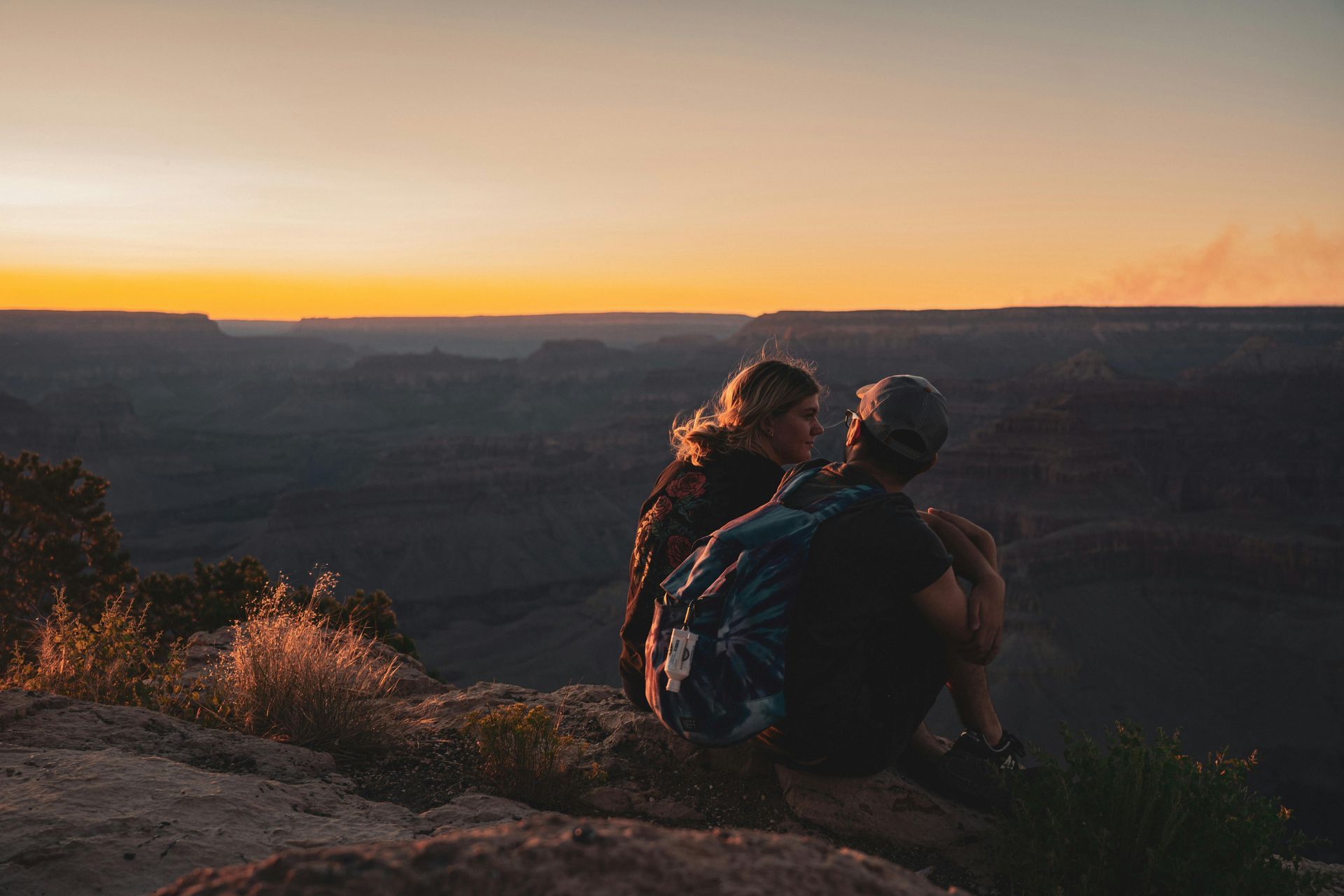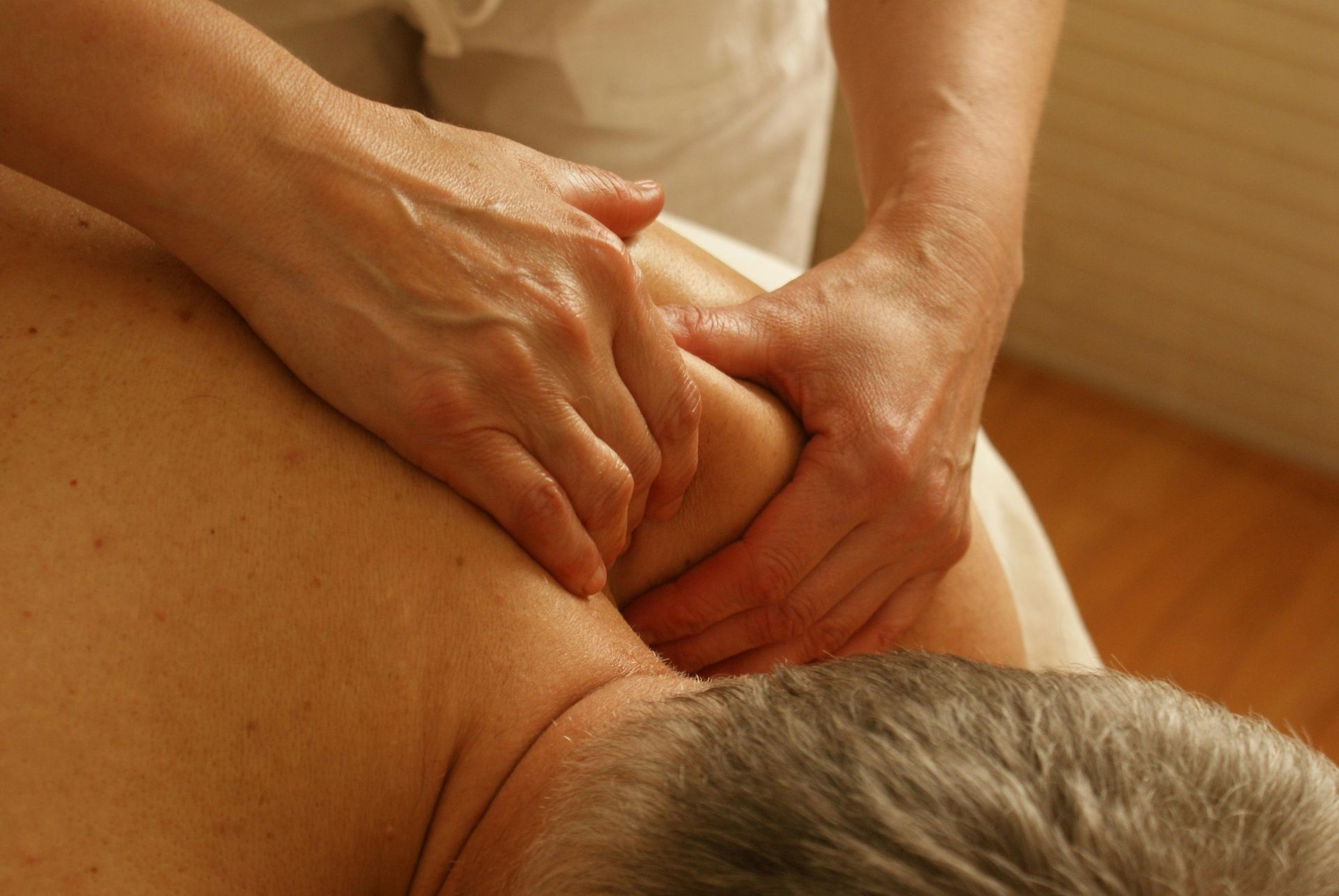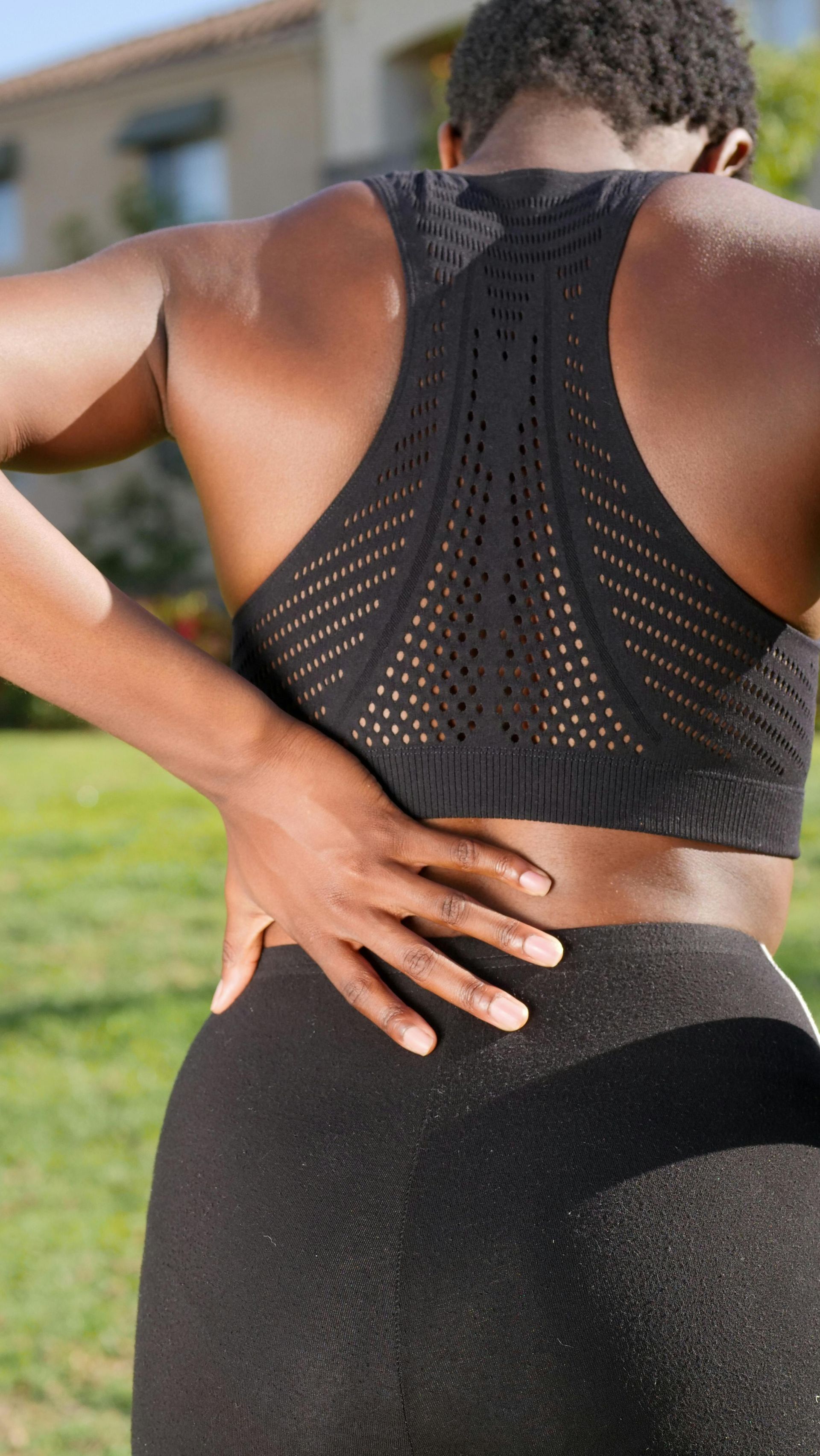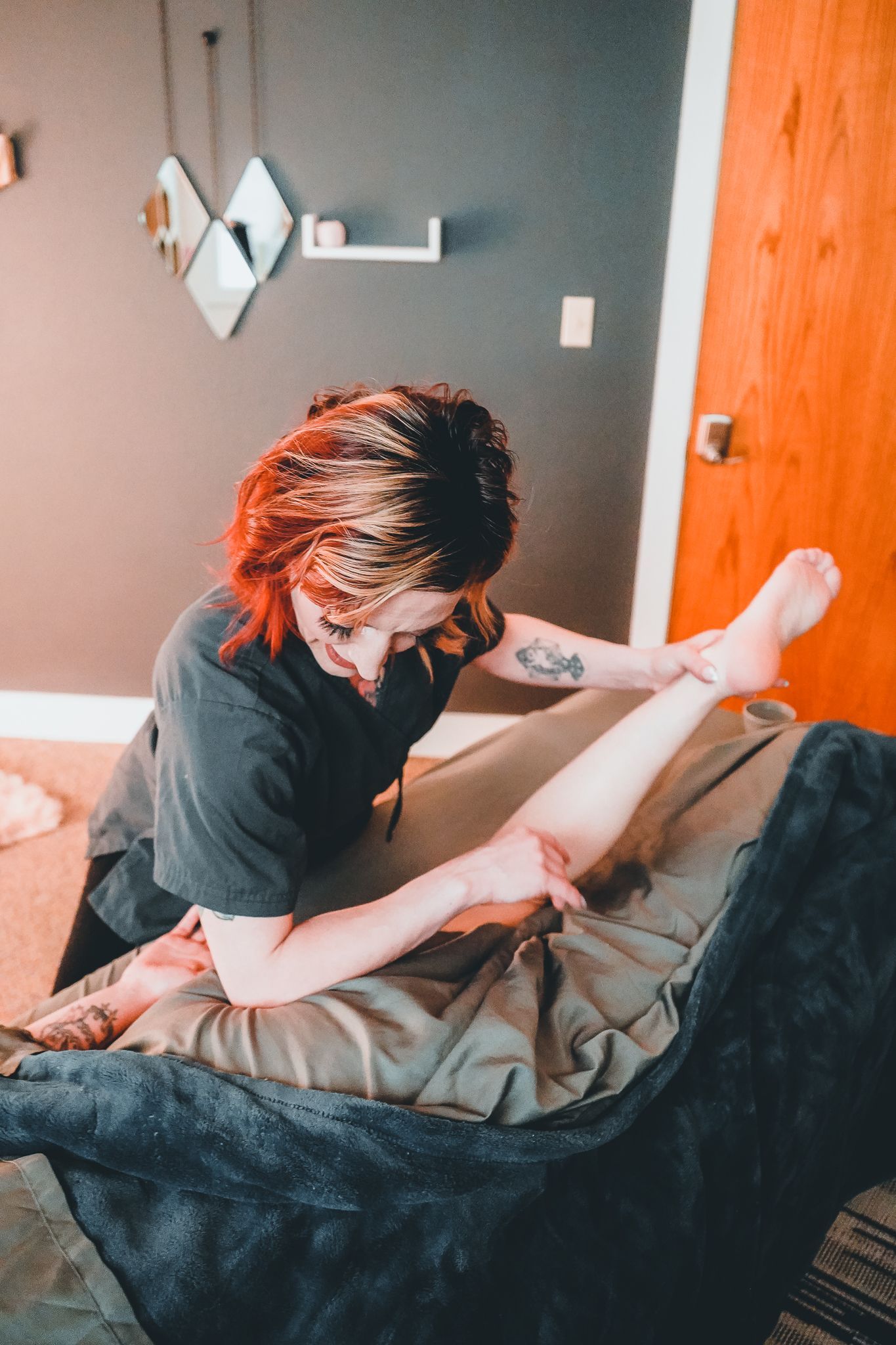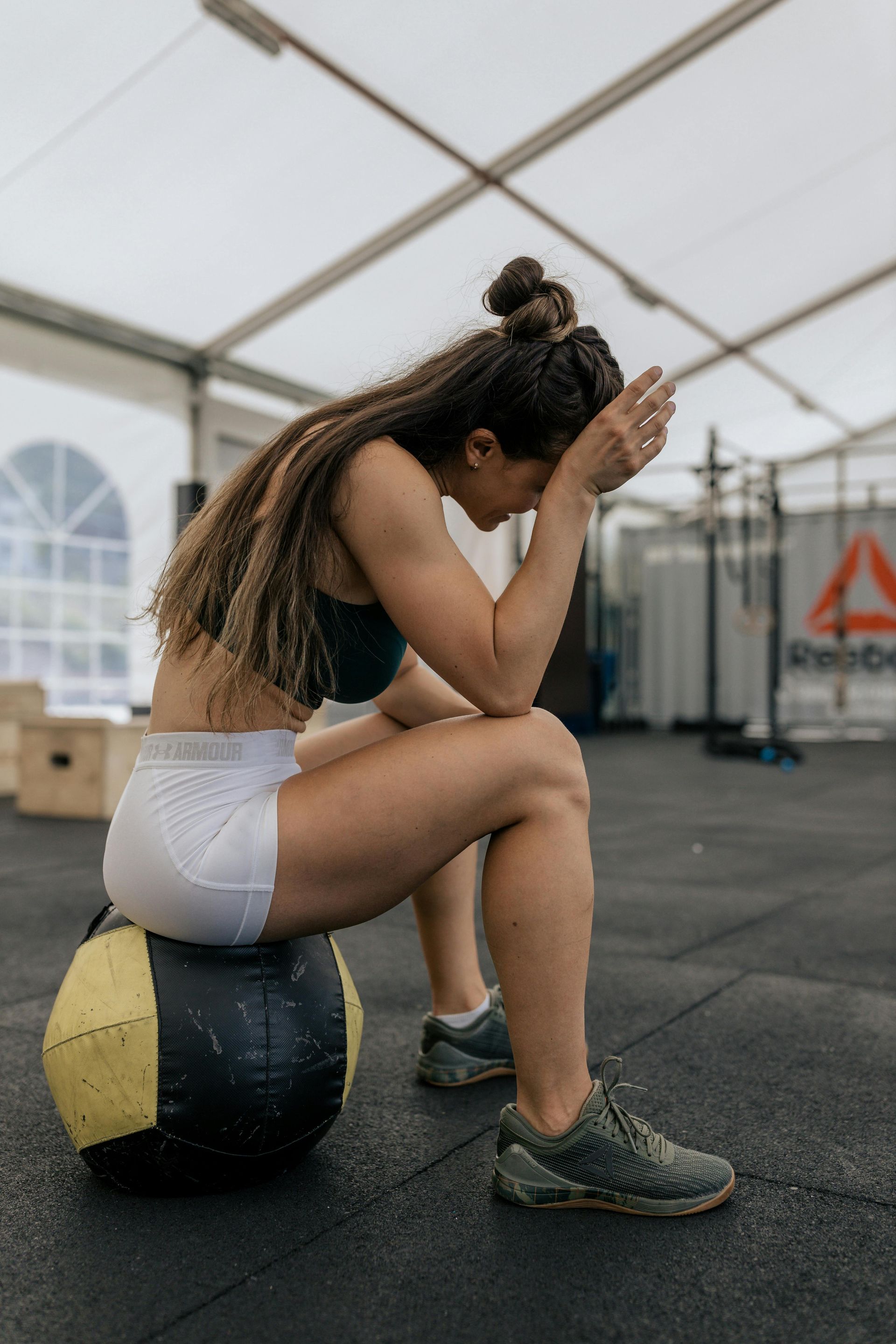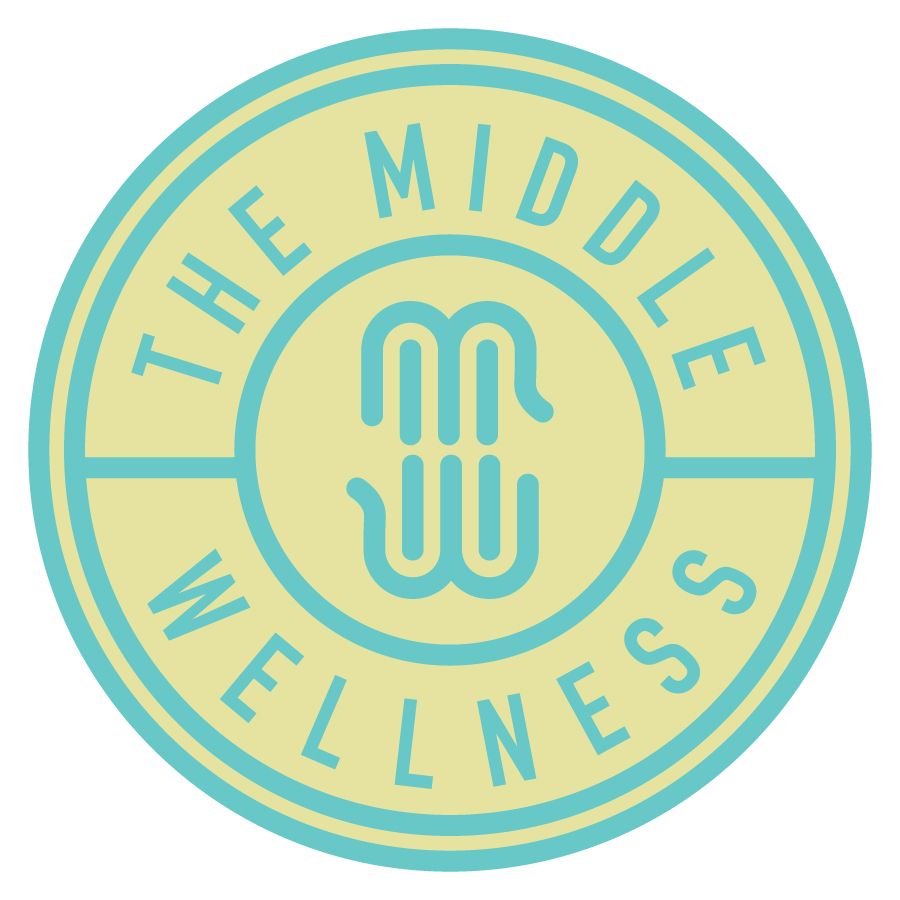Outdoor Adventures
Why Your Body Needs Massage Therapy After a Hike
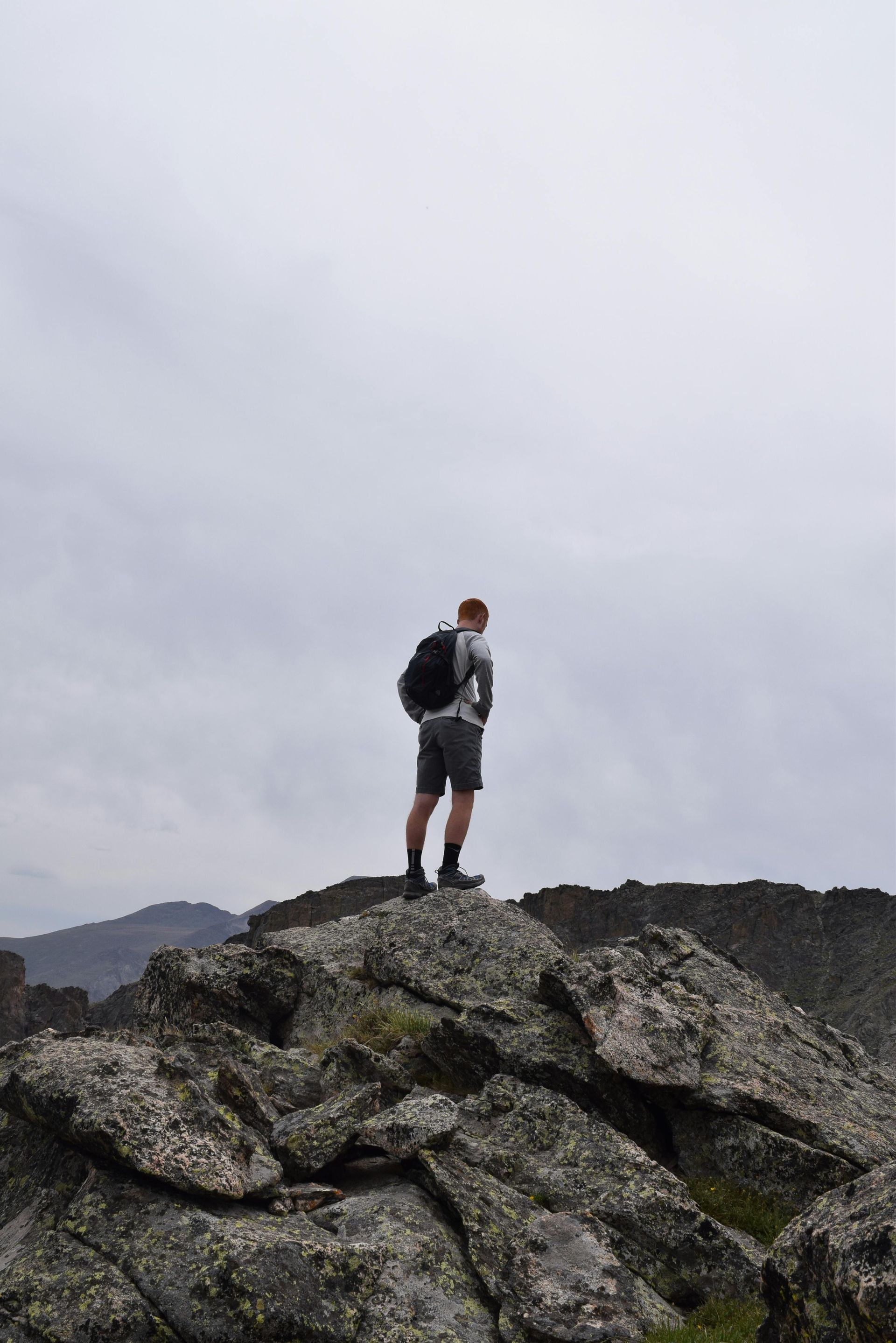
Hiking is one of the best ways to connect with nature, challenge your body, and boost your mental well-being. And boy, do we have a lot of amazing hiking here in Western Colorado! Whether you’re navigating a rugged mountain trail or strolling through a high desert landscape, the physical rewards of hiking are significant. However, the demands of the trail can leave your body feeling sore and fatigued. This is where massage therapy comes in as an essential post-hiking recovery tool. Let’s explore why your body needs massage therapy after a hike and how it can enhance your outdoor adventures.
The Physical Toll of Hiking
While hiking is an invigorating activity, it can also be taxing on your body. Here are some common physical challenges hikers face:
1. Muscle Soreness: Hiking involves a variety of muscle groups, especially in the legs, back, and core. The repetitive motion and varying terrain can lead to muscle soreness and tightness.
2. Tension and Stiffness: Carrying a backpack and maintaining a specific posture on the trail can create tension in your shoulders, neck, and lower back.
3. Joint Discomfort: Navigating uneven surfaces can put additional stress on your joints, particularly the knees and ankles, leading to discomfort.
4. Fatigue: Long hikes can be physically exhausting, leaving you feeling drained and in need of recovery.
How Massage Therapy Can Help
After an invigorating hike, massage therapy can be a game-changer for your recovery. Here’s how it benefits your body:
1. Reduces Muscle Soreness: Massage helps to alleviate delayed onset muscle soreness (DOMS) by enhancing blood flow to the affected muscles. This increased circulation delivers oxygen and nutrients while flushing out metabolic waste, speeding up recovery.
2. Relieves Tension: A skilled massage therapist can target tight areas in your body, such as your shoulders and neck, relieving built-up tension. This can improve your overall flexibility and range of motion.
3. Supports Joint Health: Massage therapy can help improve joint function by reducing inflammation and promoting relaxation in the surrounding muscles. This is particularly beneficial for hikers who may experience discomfort in their knees and ankles.
4. Enhances Relaxation: The calming effects of massage not only relieve physical tension but also reduce stress and anxiety. After a long hike, taking the time to unwind with a massage can enhance your mental well-being, making you feel rejuvenated.
5. Prevents Future Injuries: Regular massage therapy can help identify and address any imbalances or weaknesses in your body. By maintaining optimal muscle and joint function, you can reduce the risk of injuries during future hikes and outdoor activities.
Tips for Maximizing Your Massage Experience
To get the most out of your post-hike massage, consider the following tips:
1. Hydrate: Drink plenty of water before and after your massage to help flush out toxins and keep your muscles hydrated.
2. Communicate with Your Therapist: Share your hiking experience, including any specific areas of soreness or discomfort, so your therapist can tailor the session to your needs.
3. Choose the Right Type of Massage: Consider a deep tissue or sports massage for targeted relief of muscle soreness and tension. Alternatively, a Swedish massage can provide a more general relaxation experience.
4. Schedule Regular Sessions: Make massage therapy a regular part of your self-care routine, especially if you’re an avid hiker. Consistent sessions can help maintain your body’s resilience and readiness for outdoor adventures.
5. Stretch After Your Massage: After your massage, gentle stretching can help maintain flexibility and further reduce muscle tension.
Conclusion
Hiking is a rewarding way to explore Western Colorado, but it can put significant stress on your body. Incorporating massage therapy into your post-hike recovery routine is a powerful way to alleviate soreness, reduce tension, and support overall well-being. By prioritizing self-care and recovery, you’ll not only enhance your hiking experience but also prepare your body for future adventures. So, lace up your hiking boots, hit the trails, and don’t forget to treat yourself to a rejuvenating massage afterward—you’ve earned it!
THE MIDDLE WELLNESS CENTER
2829 North Avenue, Unit #101
Grand Junction, CO 81501
Hours:
By Appt ONLY
Mon-Sat: 9am-5:30pm
Sun: Closed
Site Powered by Website Design Grand Junction
